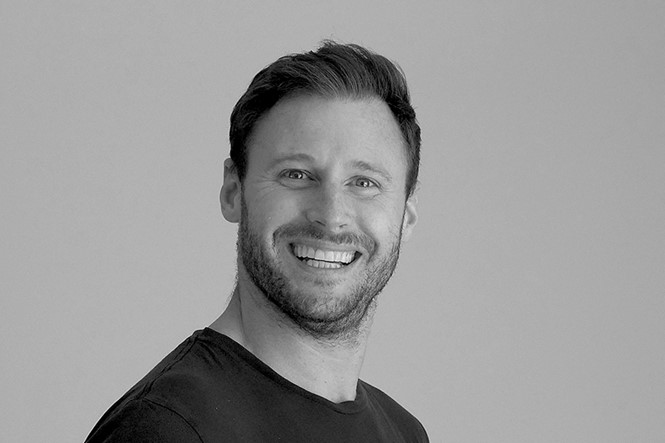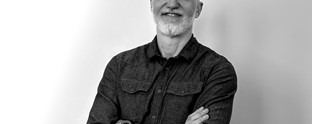Opinion: Is there actually any point in brand mascots in 2020?

Brand mascots – like this year's latest casualty, British Gas' Wilbur the penguin – are going the way of the dodo, but that's not entirely a bad thing, says George Roberts. How can brands embrace the mascot?
Over the past decade, the way that creativity impacts people has changed massively; social, out-of-home, experiential campaigns and more have almost indescribably altered how we interact with brands. As the dust settles, one notable pariah emerges from the 2010s: the humble brand mascot.
You only have to look as far as the high street - Lidl recently did away with its own-brand characters due to ‘pester power.’ Could the 2020s actually signal the death of the brand mascot?
Of course, for Millennials and those born earlier, mascots essentially defined their childhood. They helped you remember brands and it stuck, whether you liked it or not; if you offered both Kellogg’s’ Coco Pops and Lidl’s Choco Rice to a child right now, they’d pick the former every time.
But with the Lidl backtrack and the fact that, Compare the Market’s meerkats aside, no mascot from the last 10 or 15 years has really launched and made a cultural impact, it does beg the question: what role does the brand mascot actually play nowadays, and where does its future lead?
Initially, it looks rather bleak. More brands now lean on celebrities as ambassadors, rather than gunning for mascots; there’s no brand-building necessary when you get George Clooney to front Nespresso or Kevin Bacon to assume the face of EE. Why on earth would a brand risk wheeling out a newly designed, unknown mascot when Jack Black or Lady Gaga is knocking at their door?
Because, put simply, people don’t recall celebrity product launches. Of course, they’ll remember the big ones. But outside of that? It’s a 3% recall rate. People often remember the celebrity, but they don’t remember the product’ Look at John Legend and Chrissy Tiegen, people sometimes struggle to say which product they were promoting, so numerous are their brand affiliations.
So, while the celebrity ambassador is something of a double-edged sword, how do brand mascots remain relevant? They find exactly why they’re relevant. They’re not just a mascot; they serve a purpose.
Captain Aquafresh is a perfect example – while not universally known like, say, the Michelin Man – he’s integral to the brand when it comes to the next generation of customers. Since his launch five years ago, he’s been integrated within the toothpaste brand’s Brush Time app, an edutainment platform which makes brushing fun.
This could be seen as an area where new mascots can gain traction, becoming genuinely useful, interactive parts of people’s lives.
But does any of this sentiment actually spur sales? On one hand, no, not really. Captain Aquafresh hasn’t actually boosted Aquafresh’s customer base from 2013 to 2018.
While that seems somewhat futile, again, it’s not about instant returns, it might have helped overall sales or shares. But ultimately, it’s about building today’s brands for tomorrow’s customers; ensuring brands stand out on the supermarket shelves and beyond. It personifies the brand in an age where any of them can reach customers beyond the traditional platforms. It might seem obvious, but in a digital age, it helps to have a face. By investing in the future of platforms, by way of mascots, brands are weaving themselves into customers’ lives across multiple mediums, rather than just on the front of a toothpaste packet and on the TV.
On the other hand, take dating app Hinge, which urges users to delete it once they find their soulmate, recently started selling merchandise. The line is based around its blobby little mascot, Hingie, and to call it genius is an understatement: Hingie piñata? Sure. Hingie ring box? Yeah, ok. Hingie bath bomb, shoes, shirts, stickers? The more the merrier.
Leading with the piñata – a literal interpretation of Hinge’s brand mission to be deleted once users find happiness – was a masterstroke, and as predicted, the $100 dollar party pony sold out lightning quick.
And while Hingie is probably never going to be held in the same regard as, say, the Duracell bunny, that’s not the point. It’s connecting with users in a real way. Duolingo has done the same, embracing fans’ villainisation of Duo the owl across multiple assets.
Brand mascots won’t die. They won’t become irrelevant. But brands need to realise that the goalposts have shifted, and whether they’re working on an established brand or launching a new one, the 2020 outlook is simple: give your brand mascot a reason to exist, else it risks redundancy further down the line.
George Roberts is the client services director at Five by Five












